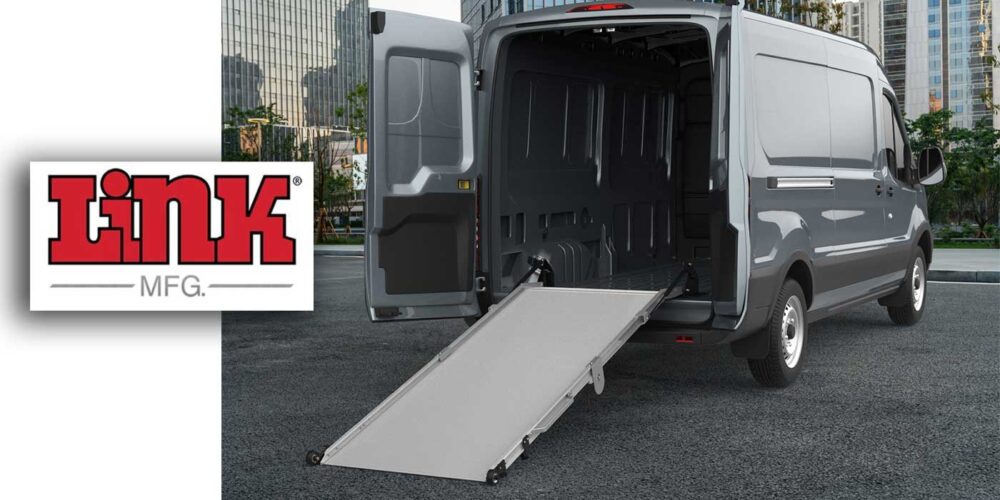The old adage “what you don’t know won’t hurt you” certainly shouldn’t apply to your tire program. In fact, the more you know, the greater the opportunities for reducing costs and improving efficiencies.
Most good maintenance managers are aware of the obvious variables essential to the tire cost-per-mile equation. Initial cost, first tread mileage to removal, casing durability, local supplier availability/relationships, and fuel efficiency are most commonly considered. However, there’s one more critical issue, which provides information that could even influence tire or servicing dealer choices—scrap tire analysis—the key to why the tire was forced from active service.
The three most frequent reasons for tires naturally aging and ending up in the scrap pile are: 1. chemical degradation over time (typical radials have 40 or more component parts and 12 to 14 different rubber compounds); 2. mechanical fatigue from the continuous flexing under load as the tire “footprints” each revolution (about 500 times each mile); 3. torque transfer, in both acceleration and, to a lesser degree, braking. The latter is why many smart fleets choose to preference retreaded drive tires to free rolling trailer positions and place retreaded steers and trailer tires on drives for their second treadlife. This tends to equalize total casing life, assuming premium casings and comparable maintenance on all axle positions. Productive scrap tire analysis should focus on tires that prematurely leave active service before these longer term conditions occur.
When evaluating scrap tires, remember that you are the sole beneficiary of longer tire life cycles. Even good quality manufacturers and servicing dealers have interests of their own, which normally include selling you more tires. Take the necessary steps to ensure that all scrap tire data is accurate and includes ALL tires, including retreader RARs, leaving service. First, separate original tread tires from retreads. For each group, separately categorize removal reasons, such as treadwear (worn out or irregular), irreparable damage (driver, accident, road hazard, or equipment related), casing failure (sidewall, tread, or bead area), repair failures, and miscellaneous conditions (e.g. spin damage, brake skid, fires/ burned beads). Don’t stop here, however, the next step is critical if long term, sustainable improvements in tire costs are to be achieved.
The goal is to assign probable cause and responsibility to specific persons, or groups of persons, such as service suppliers, manufacturers, retreaders, employees (maintenance, drivers, even purchasing), or other providers. Remember that good maintenance can’t remedy poor quality new tires or retreads. Also, many good tires are taken out of service prematurely due to lax maintenance. All efforts should be directed to corrections and improvement. This becomes more obvious and focused with quality data. Several publications of the Technology and Maintenance Council can be helpful here, especially the Radial Tire Conditions Analysis Guide. This publication describes most tire symptoms and relates them to probable causes, allowing more focused corrective actions. Tire manufacturer field engineers also can add insight and accuracy to your search for answers, and additionally provide training for your tire responsible employees.
Don’t get carried away by over analyzing each and every tire, but look for frequently occurring symptoms and remember that each tire you purchase will eventually reach the scrap pile. Concentrate on extending useful in-service life, essentially trying to postpone new tire purchases as long as possible. Keep in mind that treadwear rates slow considerably as tread depth reduces, so the higher miles-per 32nd is more productive for your operation as tire mileage accumulates. Also, the fuel economy/rolling resistance of worn tires improves with lower tread depths. A lesser known variable is that any rolling resistance difference between regular and fuel efficient radial tires lessens very significantly as tread depth diminishes.
The bottom line is that keeping tires in service longer—within the limits of published safety criteria, of course—is an excellent way to reduce tire program costs. Effective scrap tire analysis is an excellent, often neglected, way to accomplish this.













